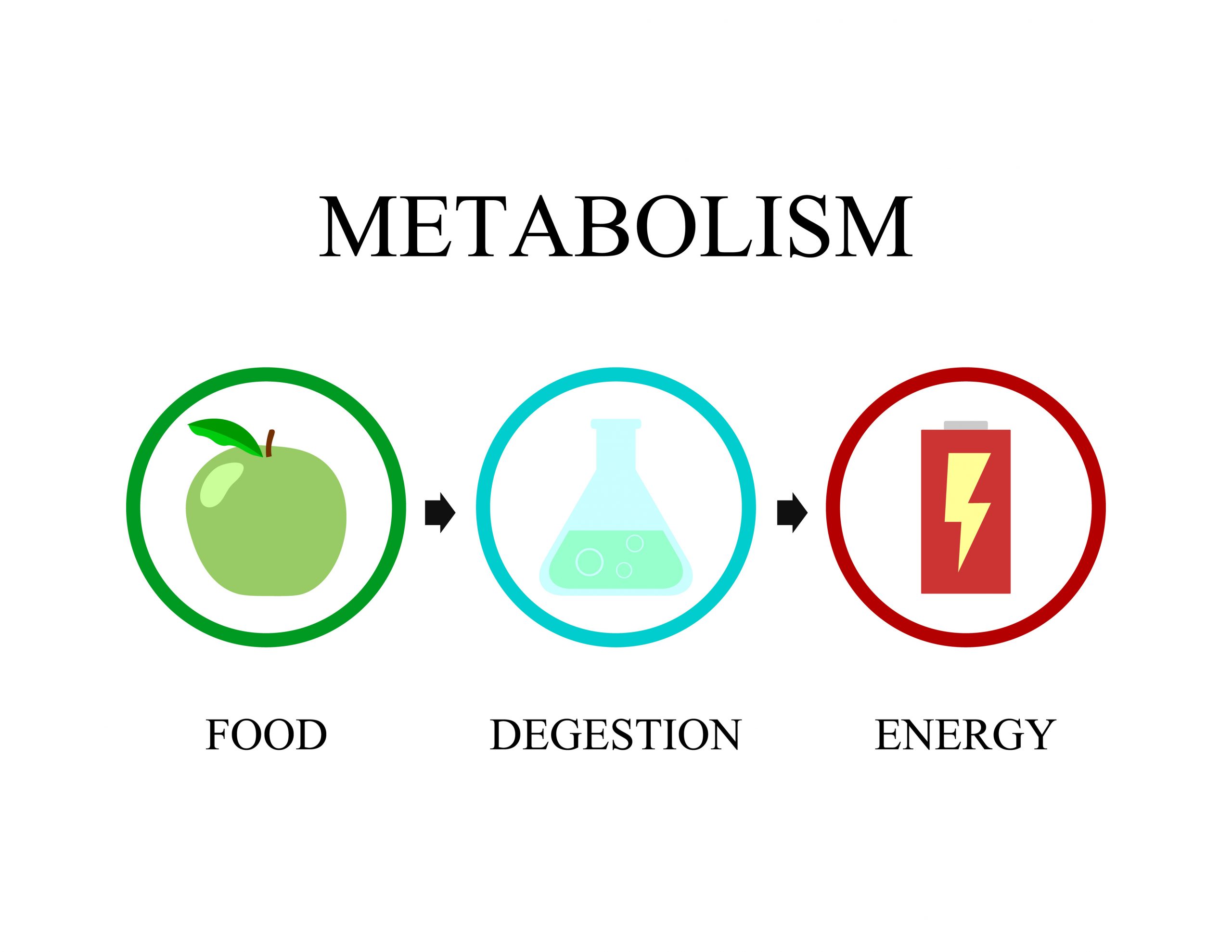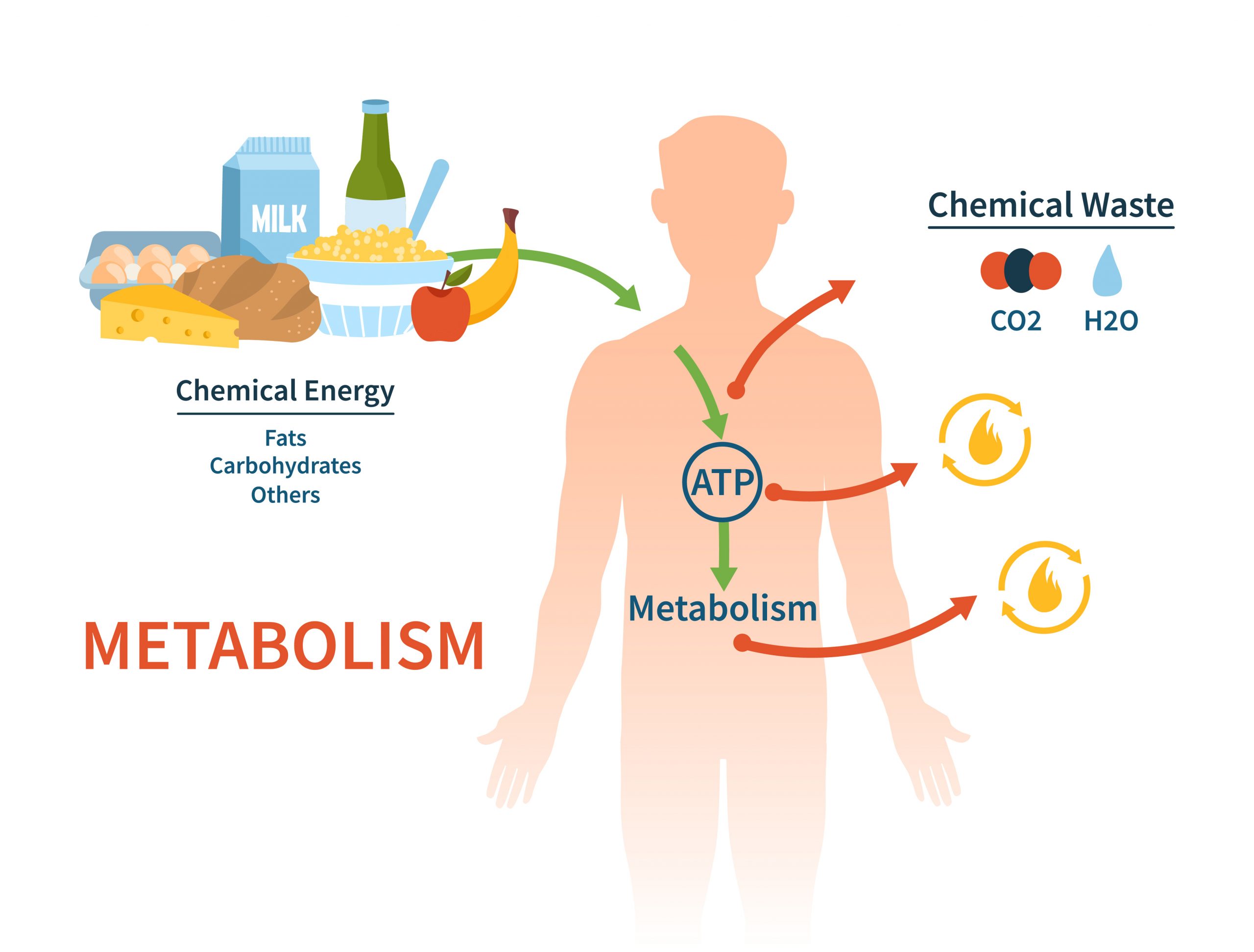Introduction

The term metabolism is defined as the sum of all the chemical reactions that take place in the body. In this chapter, we will focus on the chemical reactions that occur when your body converts the foods that you eat into energy. In order to maintain proper physiological functioning, thousands of different processes that require energy occur in the body. As you learned in chapter 3, a large amount of energy is required simply to sustain life throughout the day and when we participate in physical activity, exercise, and sport, even more energy is required beyond the minimum needed for survival. Energy can be defined as the capacity to do work and exists in six basic forms: chemical, mechanical, nuclear, radiant, electrical, and thermal. There are also many different types of work required to support life. For example, the mechanical work of muscle contraction, the chemical work of building substances the body needs to function and the electrical work of maintaining a heartbeat. All of this work requires energy.
In order to understand the overall concept of energy, we need to understand some basic principles about the nature of energy. The law of conservation of energy states that “Within a closed system, energy can neither be created nor destroyed – only converted from one form to another.” In the human body, there are a variety of processes that are used to transfer energy from one form to another. In this chapter, we will focus on how the energy from the food that you eat is converted to chemical energy that the cells of the body can then use to do mechanical work like power a muscle contraction. Depending on the type of activity, intensity, and duration, your body will use carbohydrate, fat, protein, creatine phosphate, or a combination of these to make the chemical energy required for different types of exercise.
Figure 8.1 outlines the big picture concepts that you will learn in this chapter. The chemical energy from the foods you eat are converted into ATP, another form of chemical energy which will be covered in the next section. ATP is then used by your body to power muscle contractions and other metabolic processes. The byproducts of the conversion of food energy to ATP are carbon dioxide (CO2) and water (H2O).
Figure 8.1 Metabolism Overview

Chapter Attributions
This Open Educational Resource textbook has been adapted from:
- OpenStax Anatomy and Physiology // CC BY 4.0
- Concepts of Biology // CC BY 4.0
- Human Nutrition // CC BY NC SA
Media Attributions
- Metabolism © Adobe Stock is licensed under a All Rights Reserved license
- Human Metabolism Overview © Adobe Stock is licensed under a All Rights Reserved license
